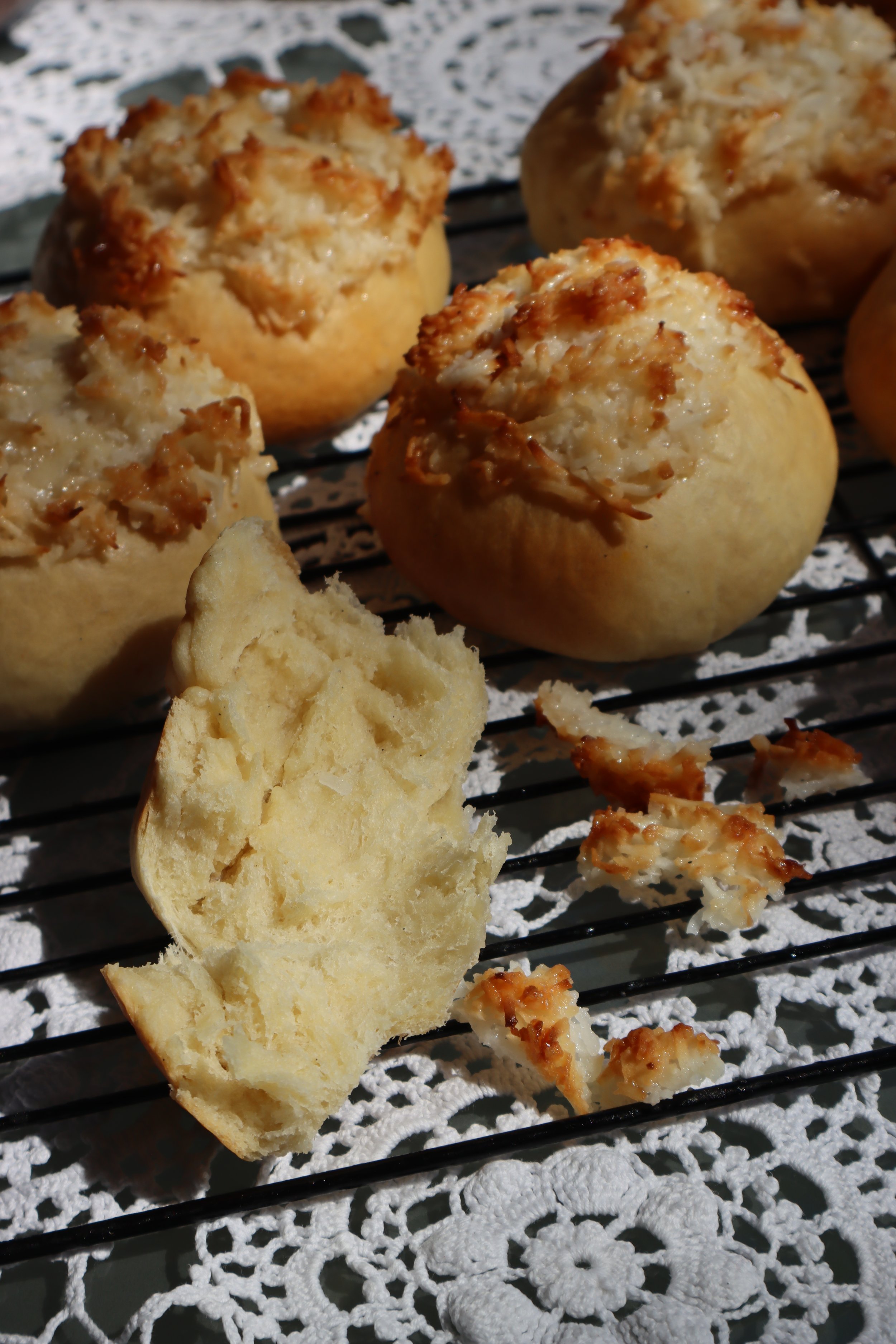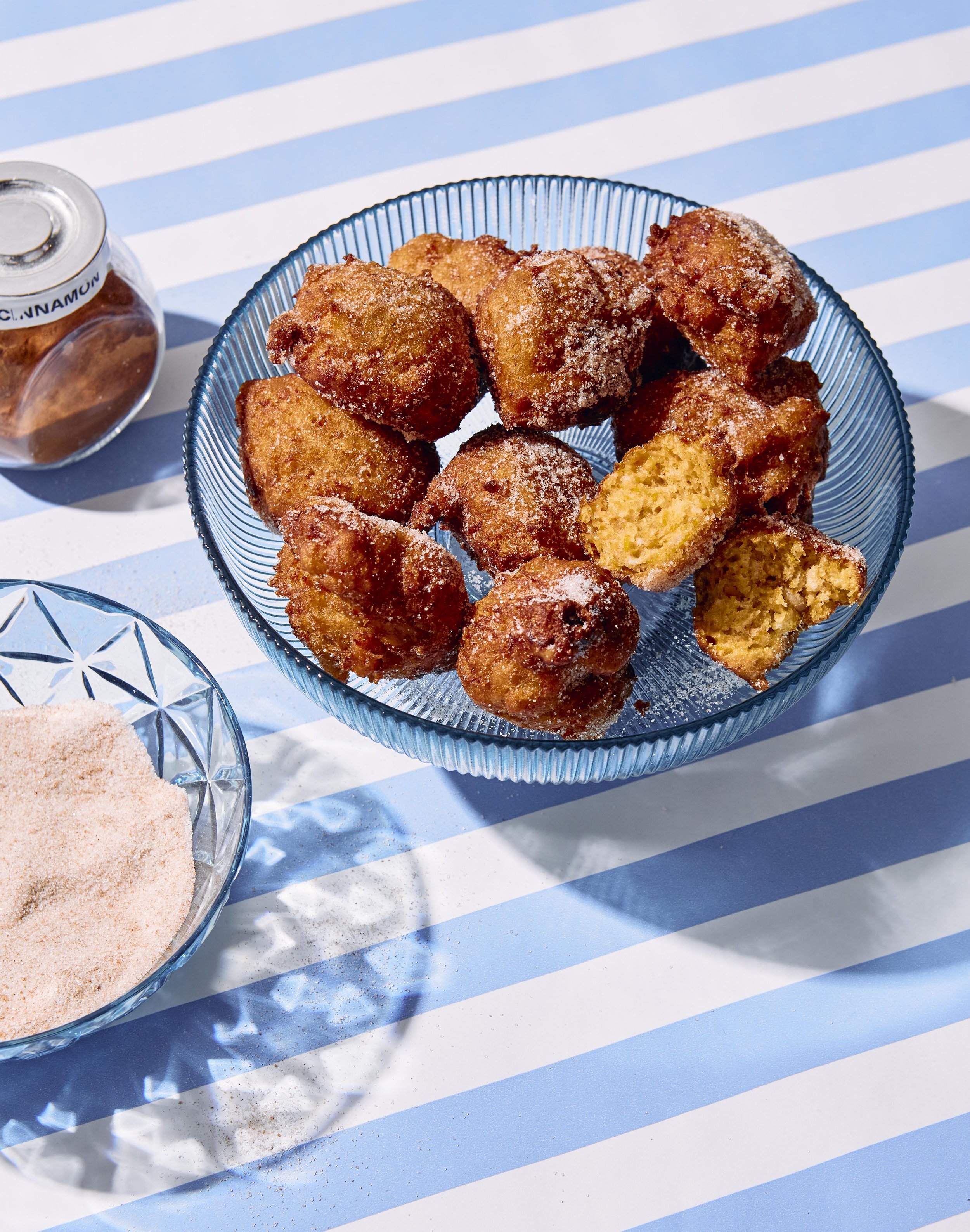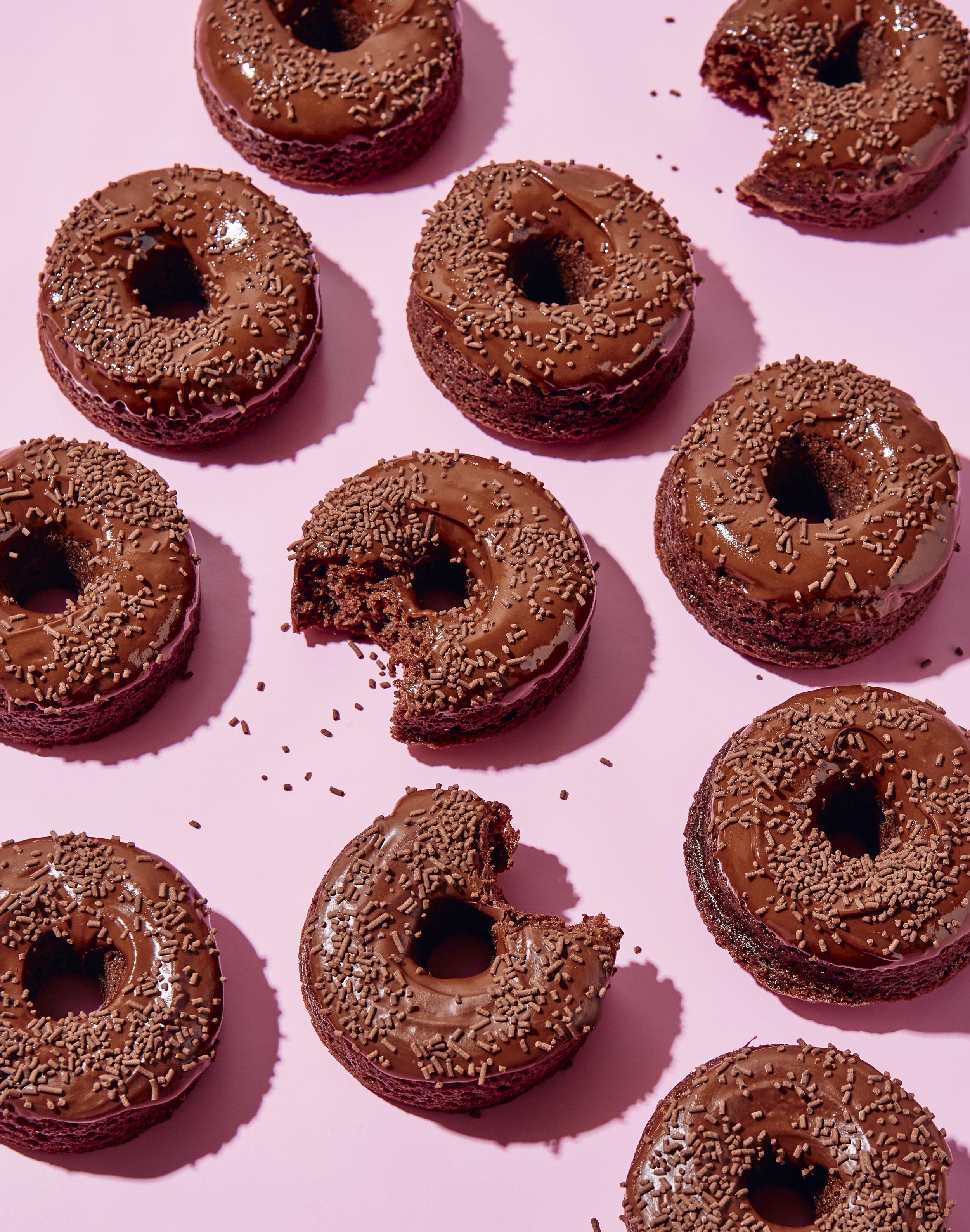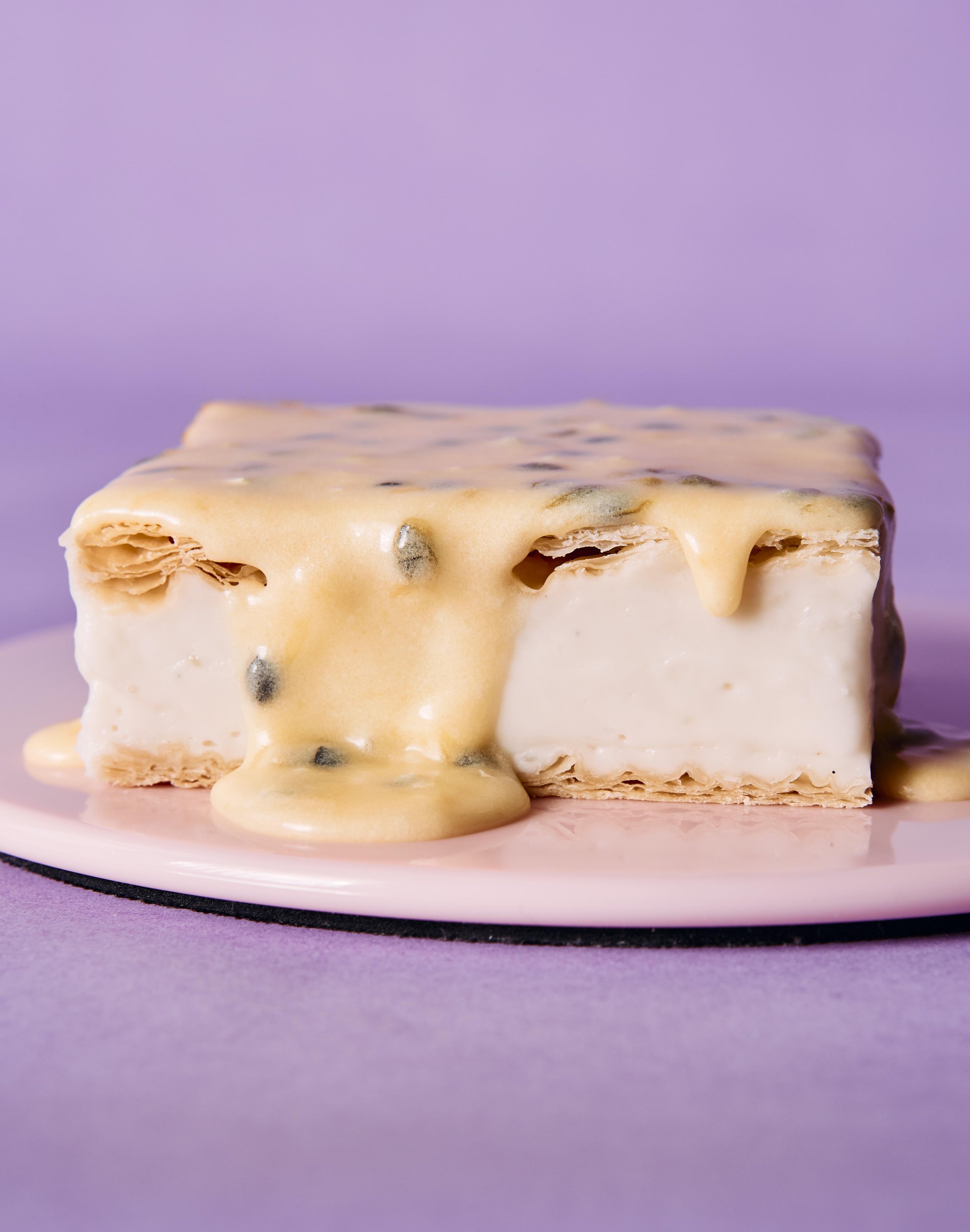PãO DE DEUS
PORTUGUESE GOD’S BREAD
SOFT OLIVE OIL BRIOCHE BUNS
TOPPED WITH SWEET COCONUT
Heavenly is the only way to describe a bite of God’s Bread.
In Lisboa, Portugal my friend came running over in a market of trinkets. “There’s something vegan!”. A signboard led us to Gupi Vegan Pastry, a stall selling all the portuguese delights but made out of plants: pica-pau, empanadas, pastel de nata and something I hadn’t seen before. God’s Bread. Oh meu Deus!
Both visually and in flavour, this bread is like floating on a cloud. One bite and you really get where the name comes from; they’re simply soft, white rolls adorned with sweet toasted coconut topping. In the trials and tribulations of trying to perfect my vegan version of this recipe at home, I ended up using my vegan brioche recipe and adapting it to use olive oil instead of dairy free butter and brown sugar instead of white. This brown sugar olive oil brioche made really soft, tearable buns with a little sweetness and light olive oil flavour that reminded me of the sweet breads you can find in Portugal.
For the top, I’ve landed on just mixing the coconut with condensed milk instead of using sugar and egg to create a topping that floats down the buns slightly as they bake to form crispy clouds. Vegan condensed milk is often found made from coconut which helps amplify the coconut flavour. The best bit? The condensed milk caramelises during baking to create celestially crispy caramel clinging to the top of the plant based Pão de Deus.
They’re made of..
Olive Oil Brioche: soft buttery buns made with a mediterranean twist using olive oil. You can use this dough recipe in place of brioche dough in buns and loaves that would normally call for it.
Coconut Topping: using coconut condensed milk (I like the Nature’s Charm squeezy version!) in lieu of sugar and egg in the filling, dried coconut it mixed in and the whole lot toasts and caramelises on top as it bakes. You can also make your own dairy free condensed milk using my guide in The Vegan Baker.
Malibu Syrup Glaze: this is by no means necessary, and traditional buns are made without any glaze at all. However, my mother loved the test I made where I coated the buns in malibu syrup after they’ve baked for another coconut hit and has requested I include it as an extra option. If you do this, serve the buns within 24 hours so the extra syrup doesn’t tamper with the quality of the bread.
God’s Bread
My first taste! From Gupi Vegan Pastry in Lisboa, Portugal
Make a brioche out of olive oil and let it rise.
Shape into cherubic little buns to rise again.
Top the pão de deus with a shredded coconut & condensed milk mixture right before baking.
Tear into freshly baked vegan god’s bread!
The topping of these easy vegan Portuguese God’s Breads is made from just two ingredients and a pinch of salt.
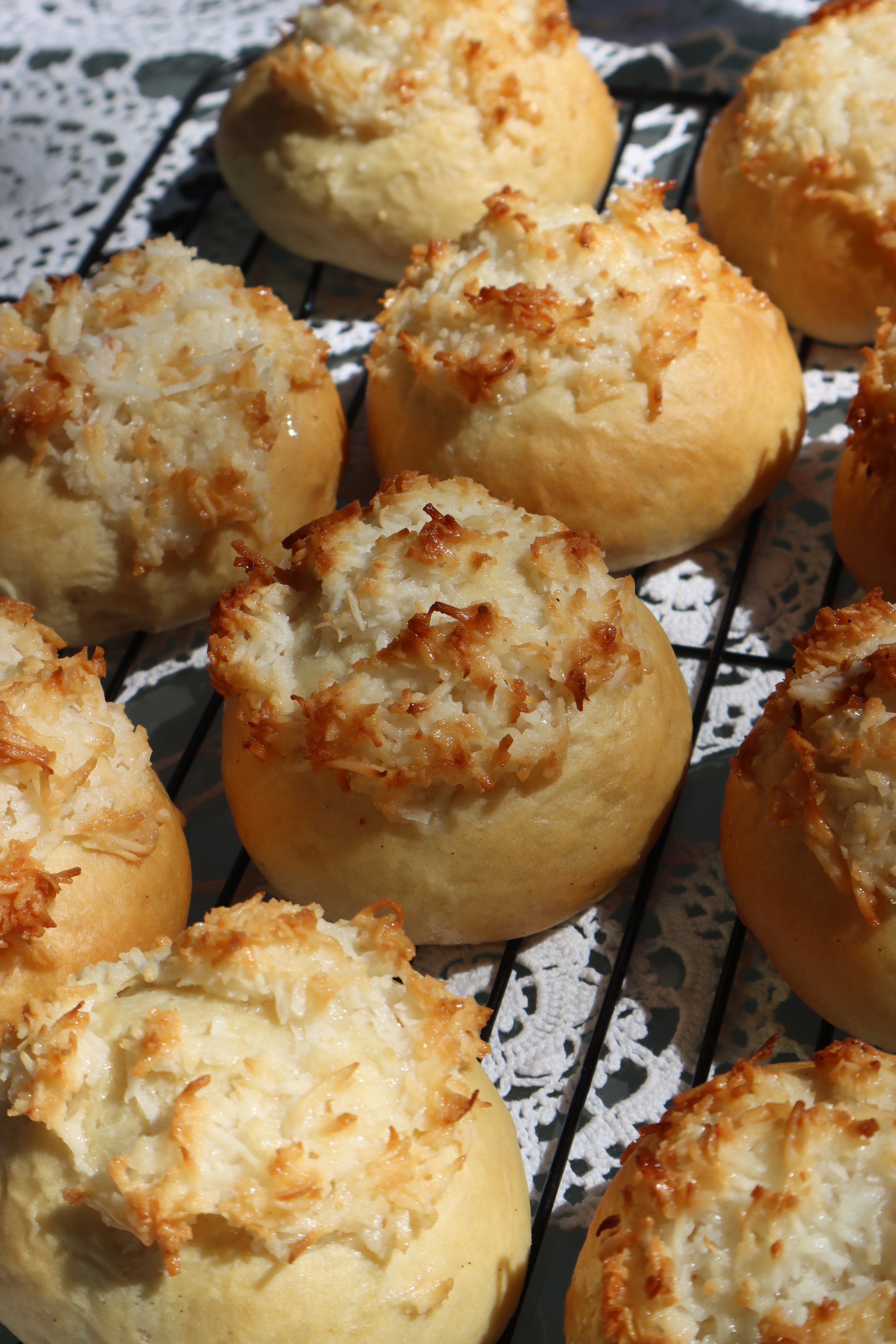
Vegan Pão De Deus (Portuguese God's Bread)
Ingredients
- 180 ml (6 fl oz) plant- based milk
- 7 g (2 teaspoons) active dried yeast
- 90 ml (3 fl oz) aquafaba, plus 2 tablespoons extra for brushing
- 500 g (1 lb 2 oz) bread flour, plus extra for dusting
- 11⁄ 2 teaspoons fine salt
- 60 g (23⁄4 oz) brown sugar
- 1.5 tsp vanilla paste
- 100ml olive oil
- 60g shredded coconut
- 6 tablespoons vegan condensed milk
- big pinch of salt
- ¼ cup sugar
- 2 tablespoons water
- 1.5 tablespoons Malibu rum
Instructions
- To make the dough, place half the milk in a microwave-safe bowl and blast in a microwave, stirring at 15-second increments, until warm. Add the yeast and leave for a few minutes, until frothing with excitement to ascend to god's bread.
- Add the yeast mixture, aquafaba, flour, salt, sugar and remaining milk to the bowl of a stand mixer fitted with the dough hook. Begin kneading on slow speed for 2–3 minutes to combine. Add the olive oil, drizzle by drizzle, over the course of another 5 minutes or so of kneading, occasionally scraping down the side of the bowl if needed. Continue to knead on medium speed for a total of 16 to 20 minutes. The dough will incorporate all the oil and slowly become marshmallowy. Knead until the dough is smooth and passes the windowpane test. Do this test by taking a small portion of the dough and stretch it out gently over a light source. If the dough is able to stretch without breaking until you can see light coming through, this proves that it has a strong gluten network for the next step.
- Cover the bowl with plastic wrap and let the dough rise in a warm spot for 1–3 hours, until doubled in size. (Alternatively, keep the covered dough in the fridge for at least 8 hours for a slow rise, and allow it to come to room temperature before proceeding.)
- Line two baking trays with baking paper or silicone baking mats. Punch down the dough, then divide into 10 pieces, weighing about 80g each. Flatten each piece into a round with your palms. Fold pieces of the edge over the top and pinch to gather them together to create a smooth ball. Flip the ball seam side down onto a very lightly floured workbench. Cup a hand around one side of the dough and push the ball from side to side, left to right and towards you to round the ball out, smooth out any seams and create tension. Repeat with the other pieces of dough, then evenly space them out on the baking trays so they don’t pick territorial fights with each other as they rise. Cover with a tea towel and leave somewhere warm for another 1 to 2 hours of rising on the prepared trays.
- Once they've doubled again, reshape any that need more structure in their lives and preheat the oven to 180°C (350°F). Stir together the topping ingredients and divide it over the top of the buns, pressing down lightly to smooth them into neat circles. Brush any exposed parts of the rolls with the aquafaba. Place in the oven and reduce the heat by 20 degrees to 160°C (320°F). Bake for about 22 minutes, until the bread is browning and the coconut is beginning to brown around the edges. Allow to cool for 10 minutes before entering paradise.
- Eat fresh within 3 days, or pop into the freezer to defrost on demand. If eating same day, you may like to take these up a heavenly level by making Malibu syrup to brush the buns with once they've cooled slightly. Mix the syrup ingredients in a saucepan on low heat until the sugar dissolves completely, then brush onto the buns. I don't recommend this step for buns that won't be eaten same day as the buns won't keep as well once drenched in the syrup;
Nutrition Facts
Calories
375.42Fat
13.09 gSat. Fat
3.83 gCarbs
55.76 gFiber
2.12 gNet carbs
53.63 gSugar
18.54 gProtein
7.5 gSodium
1299.03 mgCholesterol
4.08 mgIt’s the soft rolling bread rolls that hold a halo made from clouds of coconut and condensed milk that make God’s Bread so celestial.





